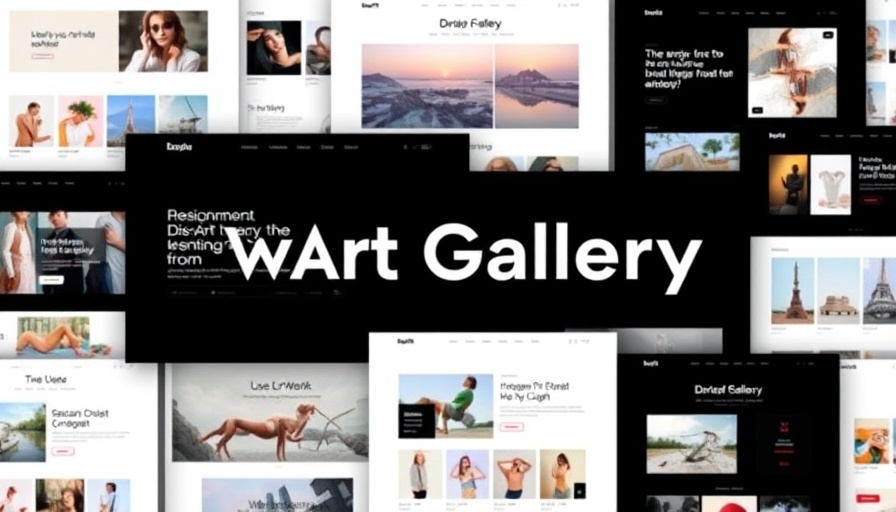
Understanding the Foundations of AI Interface Design
As artificial intelligence continues to revolutionize the digital landscape, designing effective AI interfaces becomes crucial for enhancing user experience. Imagine stepping into a futuristic coffee shop where a smart barista identifies your preferences and suggests your favorite drink—this is akin to how an AI interface should naturally interact with users. To design AI functionalities for your product, start by understanding the user’s needs and expectations.
Design Patterns: The Roadmap for Success
Utilizing design patterns for AI interfaces acts as a compass in the vast sea of digital creation. Think of design patterns as the blueprint or roadmap that guides you through the intricate journey of crafting intuitive AI experiences. They help ensure that users do not feel overwhelmed or lost in the interaction process.
Some key design patterns include:
- Feedback Responses: Just like a friend nudging you after making a decision, an AI interface should provide clear feedback to users about their actions.
- Predictive Text: Anticipating user input enhances efficiency, similar to how your smartphone suggests the next word as you text.
- Help and Hints: Providing contextual assistance can guide users, akin to having a helpful tour guide sharing insights along the way.
Emphasizing Usability and Accessibility
Visual elements in AI interfaces should not only be aesthetically pleasing but also usable and accessible. This means ensuring that colors, fonts, and layouts work harmoniously, making interactions smooth. A relevant approach here is to design for inclusivity, allowing users of varying abilities to engage with the AI effortlessly. By embracing diverse perspectives, your AI designs can resonate with a broader audience, leading to greater acceptance and use.
The Emotional Connection: Making AI Relatable
When users interact with AI, they should feel a sense of connection. Incorporating emotional design elements—like friendly language and relatable visuals—can bridge the gap between technology and human experience. Picture an AI that greets you warmly, almost like an old friend. This connection can significantly increase user satisfaction and loyalty.
Future Insights: What Lies Ahead for AI Interface Design?
The future of AI interface design is as exciting as diving into an unexplored digital ocean. It’s essential to stay informed about emerging trends. As technology evolves, so will user expectations—demanding more personalization and intuitive interactions. For example, integrating voice-activated assistants into websites can offer new layers of interaction, allowing users to engage in entirely new ways.
Making the Most of Your AI Interface Design
As you embark on your journey to design engaging AI interfaces for your WordPress products, consider implementing these strategies. Remember, a clear design process is critical. Break down tasks and iterate on feedback from users to continuously improve your design.
Are you eager to dive into AI design? Discover our repository of Smart Interface Design Patterns to create unforgettable AI experiences that keep users engaged and coming back for more!
 Add Row
Add Row  Add
Add 




 Add Row
Add Row  Add
Add 

Write A Comment